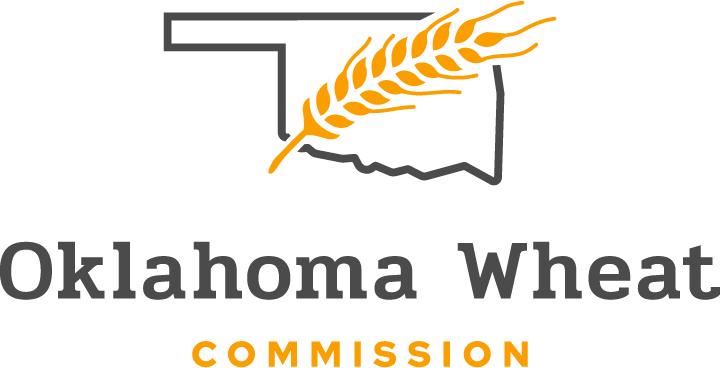
Agricultural News
OSU's Kim Anderson Finds "No News" in WASDE Report and Looks at Other Global Factors
Thu, 10 Dec 2015 17:40:01 CST
 The latest global grain stocks report offered "no news". That's according to Oklahoma State University Grain Marketing Specialist Kim Anderson. On this weekend's edition of SUNUP, he provides analysis of the latest World Agricultural Supply and Demand Estimates (WASDE) report that was released on Wednesday. He called the report a "non-event" as the U.S. Department of Agriculture made no changes on U.S. wheat and soybeans. There was only minor changes for corn and grain sorghum. He said this WASDE report should have zero impact on commodity prices.
The latest global grain stocks report offered "no news". That's according to Oklahoma State University Grain Marketing Specialist Kim Anderson. On this weekend's edition of SUNUP, he provides analysis of the latest World Agricultural Supply and Demand Estimates (WASDE) report that was released on Wednesday. He called the report a "non-event" as the U.S. Department of Agriculture made no changes on U.S. wheat and soybeans. There was only minor changes for corn and grain sorghum. He said this WASDE report should have zero impact on commodity prices.
With this report out of the way, Anderson said there isn't much happening between now and the start of the New Year for the commodities market. After January first, he said there will be a rash of selling with the start of a new tax year. This leads to commodity prices trading in a narrow range, but there could be some price volatility.
Traders continue to look for global news on wheat production. Ukraine planted fewer acres and there are some potential production problems with winter kill. Anderson said if Ukraine losses 20 percent of their wheat crop, that's about 200 million bushels. That accounts for .7 percent of the global wheat production. There is also concern over the lack of snow cover to protect the Russian wheat crop from freezing temperatures. He said that's an indication that the market is really looking for something to talk about, but there's not much news out there.
Argentina is looking at eliminating their export taxes next year. The new President of Argentina was inaugurated and he pledged to eliminate export taxes for wheat, corn and soybeans. Anderson said that accounts for 23 percent on wheat, 25 percent on corn and 35 percent on soybeans. He said we will just have to wait and see what happens in Argentina because down the road that could have an impact on U.S. commodity prices.
If farmers have wheat in the bin, Anderson recommends they sell on these market rallies. This past week, the U.S. dollar index dropped about two and half points. He said that equates to a 14 to 15 cent increase in prices, if it's brought into the market. If farmers are going to sell wheat or corn, Anderson recommends farmers take advantage of these rallies in the market. In looking out at 2016, he said commodity prices are relatively low, so farmers need to manage their money and know what price they need, in order to cover the cost of production.
SUNUP host Lyndall Stout interviews Anderson. Click or tap on the LISTEN BAR below to listen to the full interview.
This week on SUNUP, we visit with Alex Rocatelli, DASNR's forage systems specialist, about assessing pastures in order to plan for the next growing season.
- In the Mesonet report, Al Sutherland tells us which Mesonet site had nearly 2-feet of rain in the past 60 days, and Gary McManus has some exceptional news from the U.S. Drought Monitor.
- Brian Arnall explains the basics of soil nutrition and has tips for identifying when a crop needs fertilization help.
- In Cow-Calf Corner, Glenn Selk shows us why the body condition score of the cow impacts her calf.
- Kim Anderson covers the new supply and demand report, as well as global factors influencing the wheat market.
- Finally, William McGlynn has the history of black-eyed peas in Food Whys.
Join us for SUNUP:
Saturdays at 7:30 a.m. & Sundays at 6 a.m. on OETA-TV
SUNUP can be seen on OETA across the state of Oklahoma- Dr. Anderson's segment on the markets is one of the standard features of this weekly show from Oklahoma State University. Catch SUNUP online through the OSU website by clicking here or through YouTube by clicking here.
WebReadyTM Powered by WireReady® NSI
Top Agricultural News
More Headlines...




















